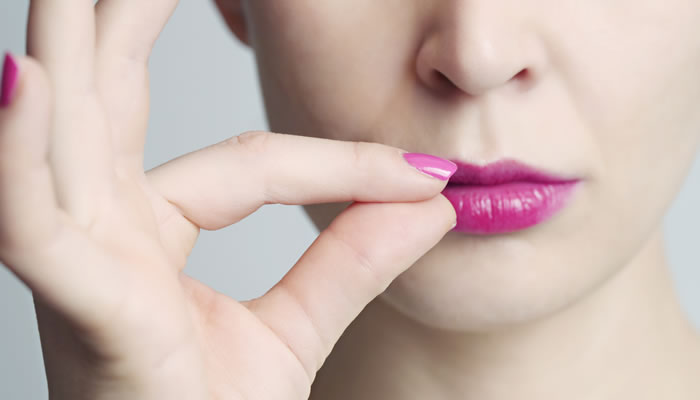Electrolysis: The Taboo Evolution of Thought

“Please don’t call my house,” she’d say. “My husband can’t know that I’m coming here.” Nothing sinister here, folks, just an electrolysis studio, to which this concerned lady was referring.
Yep, even a couple of decades ago, many women did not want their husbands to have any idea they were dealing with excess hair. My clients didn’t want me to phone their home to confirm appointments in case their husband would answer.
If one thinks that this was restrictive, then go even a few more decades back. Social conventions were much more rigid and many more topics were considered taboo, excess hair removal being one of them.
One of my first instructors recalled, when she just opened her own electrolysis studio back 1970’s, the clients would enter and leave through a back door of the building. Discretion was an absolute must.
Through my 20-plus years, I have watched social conventions change from restrictive and taboo to an open exchange of knowledge and information. With the advent of the internet, the latest information can be found at one’s fingertips.
In the more restricted past, many things were not discussed. One friend told me that when her grandmother (who is 91 years old) was a little girl, she saw a pregnant woman and asked her mother why the lady was fat. She got a smack for her inquiring mind, as it was not a proper question to ask.
So many things were not discussed, even among family or close friends, electrolysis, excess hair or personal grooming being only a few of these forbidden topics.
Because of the lack of access to information, there were many things people did on their own, through trial and error to remove excess hair:
Shaving – effective, but has to be done quite often and hair grows back more coarse because the ends are blunt instead of tapered. Ingrown hairs result in red bumps, discomfort and can even cause scarring.
Chemicals – can work as well, however, a 24 hour period of testing is needed to be certain there will be no reaction to the chemical. These chemicals smell very strong, they have to be on the affected area for a while and treatments need to be repeated often.
Bleaching – doesn’t remove hair, but makes it less visible.
Plucking – lasts longer than shaving, but can still cause ingrown hairs. Usually one would do this for their face or eyebrows. (Though, my aforementioned friend with the inquisitive grandmother, knows of a guy who passed out and his “friends” shaved his eyebrows. For some reason, the effects of that shaving seems to last longer than the desired period.)
Waxing – plucking on steroids; it is quite effective, but can be painful, messy and costly over time.
The above-described methods of hair-removal work up to a point, but they are costly, messy, time consuming and have to be repeated. With the accelerated pace of life and many commitments and obligations to juggle or meet, this is time that can be better spent on other than the removal of excess hair.
Numerous people turn to electrolysis after months or years of using alternative methods. It is safe, medically proven to be effective, when done by a professional. Though more than one treatment is required, the excess hair returns less and less each time, and the desired results become permanent.
As previously mentioned in this article, the beneficial aspect about the open exchange of knowledge and information is, if it is noticed that a person (particularly a woman) develops excess hair on other than their scalp, it can be a sign or warning of some other underlying health issues.
In this 21st Century, the positive evolution of thought is, friends and family talk more openly about hair removal and the issues related to it.
In addition, many resources are readily available to find information and even learn from others’ personal experiences, rather than making the same mistakes on their own.
